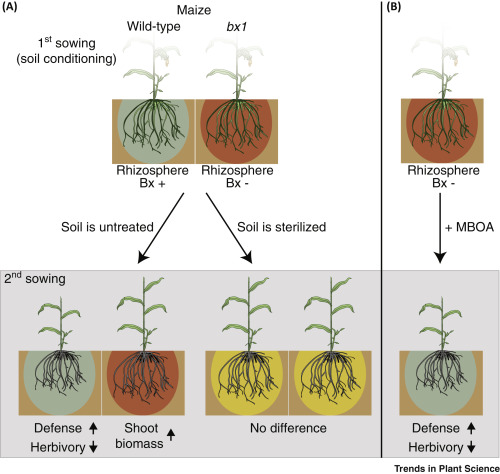Allelopathic Plants in Companion Planting: Harnessing Nature’s Power for a Thriving Garden
When it comes to gardening, finding the right combination of plants can make all the difference. One lesser-known aspect of companion planting is allelopathy, a natural phenomenon where some plants release chemical compounds that inhibit the growth of other plants nearby. By incorporating allelopathic plants into your garden, you can harness their unique abilities to suppress weeds and pests while promoting the health and productivity of your crops.
Understanding Allelopathy:
Allelopathy occurs when certain plants produce biochemicals called allelochemicals that affect the growth and development of neighboring plants. These chemicals are released through various means such as root exudates, leaf litter decomposition, or volatilization. While not all plants exhibit strong allelopathic effects, several well-known examples can be utilized in companion planting.
Allelopathic Plants for Your Garden:
1. Borage (Borago officinalis): This herbaceous plant not only attracts pollinators but also inhibits weed growth with its release of chemicals like pyrrolizidine alkaloids.
2. Marigold (Tagetes spp.): Known for their vibrant flowers, marigolds also produce thiophenes and limonoids that repel nematodes and other soil-borne pests.
3. Sunflower (Helianthus annuus): Besides adding beauty to your garden, sunflowers secrete substances such as phenolic acids and terpenes that suppress weeds like pigweed.
4. Garlic (Allium sativum): Apart from being a culinary staple, garlic releases sulfur-containing compounds that deter aphids, slugs, and fungal pathogens.
5. Black Walnut (Juglans nigra): While it may seem counterintuitive due to its extensive root system releasing juglone—a potent allelochemical—black walnut trees can be strategically planted to discourage certain weeds and pests.
Companion Planting Strategies:
1. Interplanting: Incorporate allelopathic plants throughout your garden, placing them alongside susceptible crops or in areas prone to weed growth. For instance, plant borage near tomatoes or marigolds around potatoes.
2. Mulching: Use the leaf litter from allelopathic plants as a natural mulch in your garden beds. As it decomposes, it releases chemicals that suppress weed germination and growth.
3. Cover Crops: Sow allelopathic cover crops like buckwheat or oats during fallow periods to inhibit weed establishment before planting your desired crops.
Precautions:
While allelopathy offers numerous benefits, it’s essential to consider potential drawbacks when incorporating these plants into your garden:
1. Selective Suppression: Allelopathic compounds may affect both weeds and desirable plants alike. Careful monitoring is necessary to ensure that the intended crops are not adversely affected.
2. Crop Rotation: Due to long-lasting effects of some allelochemicals on soil health, rotation of susceptible crops may be required after using highly allelopathic species.
In conclusion, harnessing the power of allelopathy through companion planting can significantly improve the productivity and overall health of your garden. By carefully selecting and integrating appropriate allelopathic plants into your landscape, you can naturally suppress weeds and deter pests while promoting optimal growing conditions for your beloved crops. Experiment with different combinations and techniques until you find what works best for your specific gardening needs – nature has provided us with an incredible toolkit; let’s make full use of its wonders!


Leave a comment